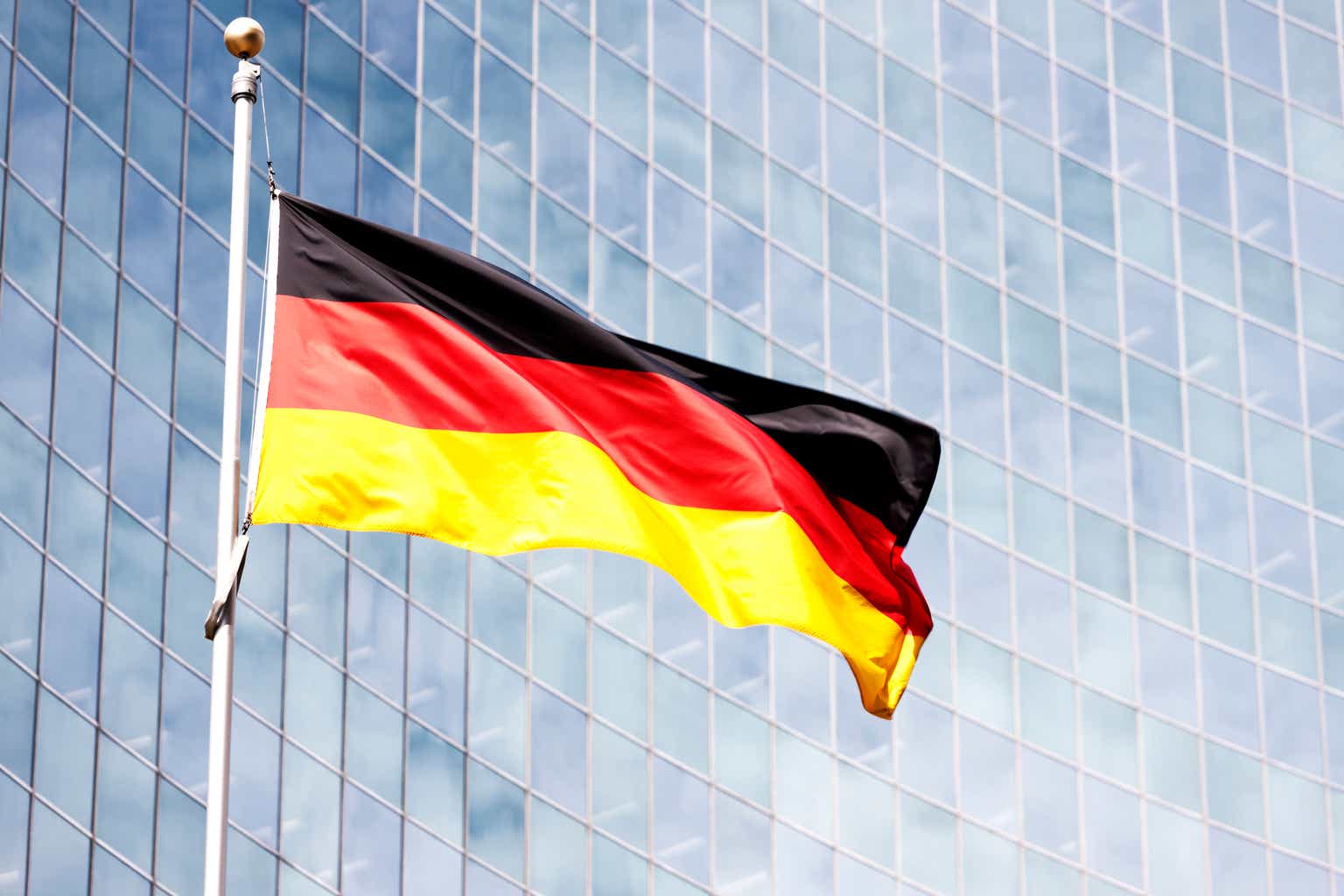On June 17, the Council of the European Union formally adopted the Nature Restoration Law, setting a legal standard for member states to restore 20% of degraded EU land and sea ecosystems by 2030. The regulation is the most recent from the European Green Deal that is intended to mitigate the impacts of climate change.
The European Green Deal, adopted in 2020, included a set of policy initiatives to make the European Union reach net-zero greenhouse gas emissions by 2050, in alignment with the Paris Agreement. The Corporate Sustainability Reporting Directive, that established climate related reporting standards for businesses, was adopted in 2022 and is going into effect in phases through 2026. The Corporate Sustainability Due Diligence Directive, that created new legal liabilities for large companies relating to climate change and human rights, was adopted in May 2024.
The Nature Restoration Law was the next piece of the puzzle. As the name implies, the new law is focused on actions by member states to restore natural resources to “mitigate climate change and the effects of natural disasters.” The law sets “legally binding targets and obligations for nature restoration in each of the listed ecosystems – from terrestrial to marine, freshwater and urban ecosystems.”
While much of the climate change related legislation is derived from the Paris Agreement and the annual United Nations Climate Change Conference, referred to as the Conference of the Parties or COP, the Nature Restoration Law is designed to meet the EU’s obligations under the Kunming-Montréal Global Biodiversity Framework agreed at the 2022 UN Biodiversity Conference, also called COP15.
The restoration efforts will prioritize Natura 2000 sites, a network of protected areas established under the Nature Directives. These sites contain threatened species and habitats throughout Europe. For habitats that are designated in the law as in “poor condition”, countries must take measures to restore 30% of them by 2030, 60% by 2040, and 90% by 2050. For areas that are in good condition, member states will have to make efforts to prevent deterioration.
The law also establishes ecosystem specific measures, including agricultural land, forests and urban ecosystems. This will have a direct impact on the farming and lumber industries. However, to accomplish this goal, member states should “identify synergies with agriculture and forestry” and “also identify existing agricultural and forestry practices, including CAP interventions, that contribute to the objectives of this Regulation.”
As it relates to forestry, the law specifically identifies “close-to-nature” and “continuous cover” approaches. For the agricultural sector, there will be an increase in regulations. Members states are required to “increase the agricultural area subject to agro-ecological management approaches such as organic agriculture or agro-forestry, multicropping and crop rotation, integrated pest and nutrient management.”
The impacts of the law will be evaluated in 2033. “The evaluation shall include an assessment of the impact of this Regulation on the agricultural, forestry and fisheries sectors, considering relevant links with food production and food security in the Union, and of the wider socio-economic effects of this Regulation.”
In the Council of the EU press release, Alian Marion, the Minister for Climate Transition, Environment, Energy and Participatory Democracy of the Government of the Brussels-Capital Region, stated:
“I am pleased with this positive vote on the Nature Restoration Law, which was agreed between the European Parliament and the Council almost a year ago. It is the result of hard work, which has paid off. There is no time for a break in protecting our environment. Today, the Council of the EU is choosing to restore nature in Europe, thereby protecting its biodiversity and the living environment of European citizens. It is our duty to respond to the urgency of the collapse of biodiversity in Europe, but also to enable the European Union to meet its international commitments. The European delegation will be able to go to the next COP with its head held high.”





